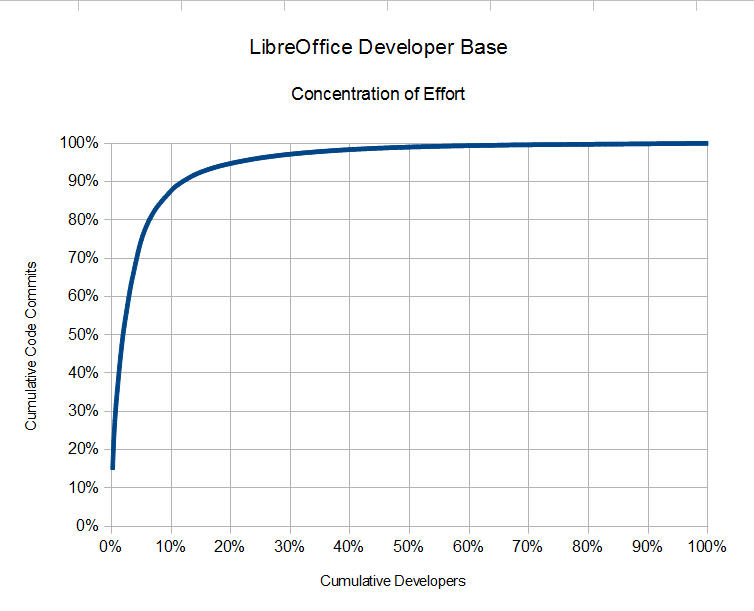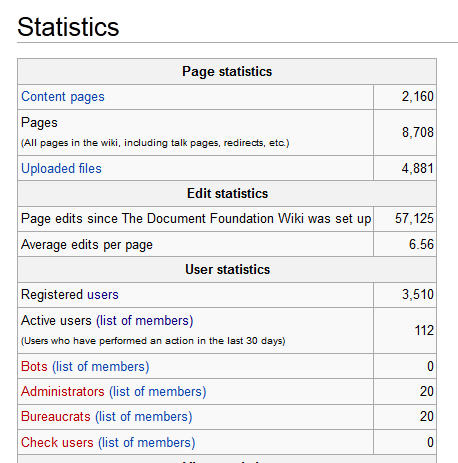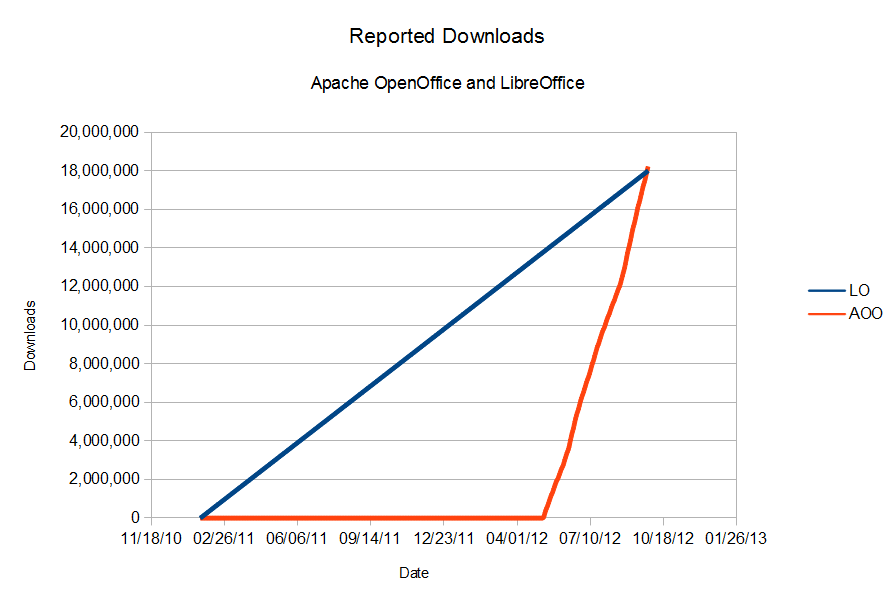“When a dog bites a man, that is not news, because it happens so often. But if a man bites a dog, that is news.” That, in the words of John B. Bogart of the New York Sun, is a classic rule of press coverage. The ordinary is not news. The expected is not news. The unusual is news. Of course this can distort our perception of reality, since we’re bombarded by stories of the atypical.
Here is a recent example, of two cities looking at migrations of their desktop office productivity software.
- In September we heard that Leipzig, Germany, population 530,000, decided to drop Microsoft Office and move to OpenOffice for its city council. Already 3,900 of 4,200 PC workstations have migrated.
- In November we heard that Freiburg, Germany, population 230,000, decided to drop OpenOffice.org 3.2.1 and move to Microsoft Office 2010 for its city council. 2000 desktops are part of this move.
So which is “dog bites man” and which is “man bites dog”? A look at the press coverage tells us:
- Leipzig OpenOffice coverage == 2 articles
- Freiburg OpenOffice coverage == 29 articles
The larger migration away from Microsoft Office in Leipzig was barely covered in the press. But the Freiburg story has had enormous press uptake. By this I take it that moving from Microsoft Office to open source alternatives like OpenOffice is normal, the expected, the non-newsworthy common occurrence. It is “dog bites man”. Moving in the opposite direction, from free software to proprietary is newsworthy because it is so rare. It is “man bites dog”.
This, I think, is encouraging news. We just need to make sure that within the open source community we continue to tell the good news, even if the press does not think it is newsworthy. Yes, we need to understand better why Freiburg failed, and what we can do to improve. But we also need to put this in perspective. This perspective includes other migrations like Leipzig, but also the perspective that in the time it took me to write this blog post we have had more downloads of OpenOffice than were lost in Freiburg.


